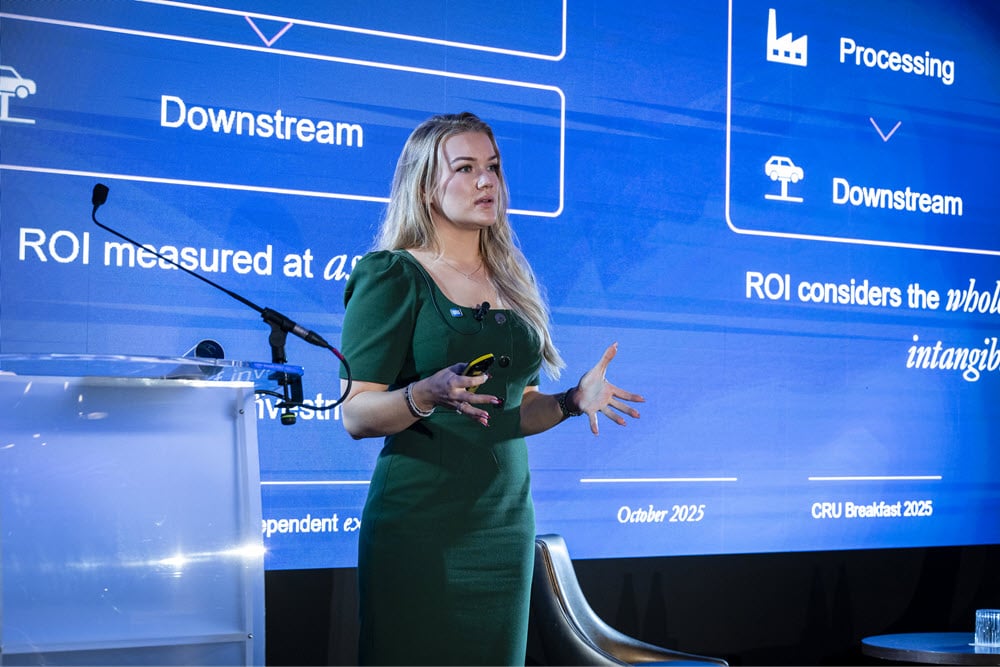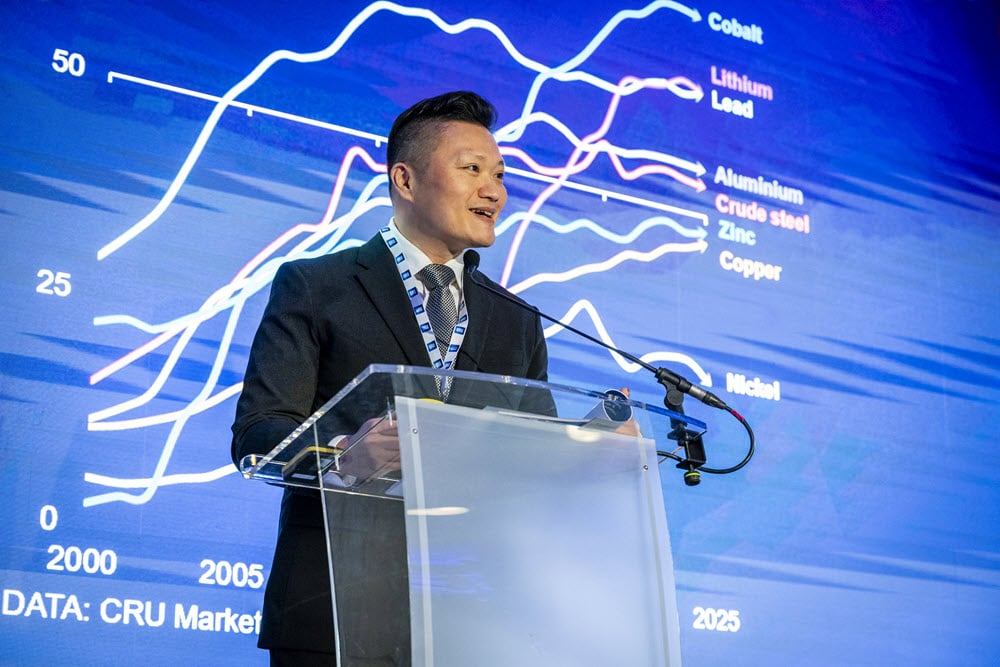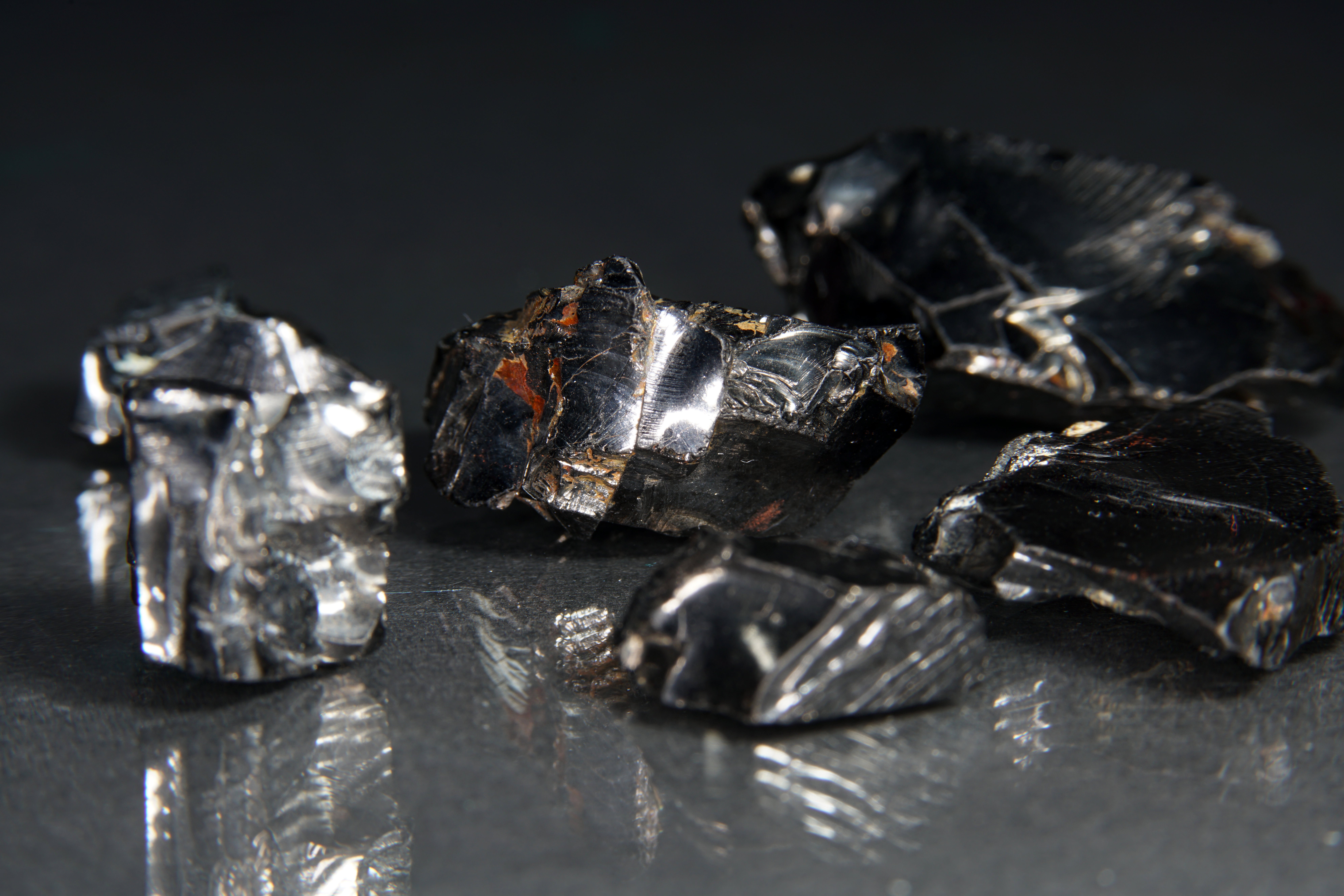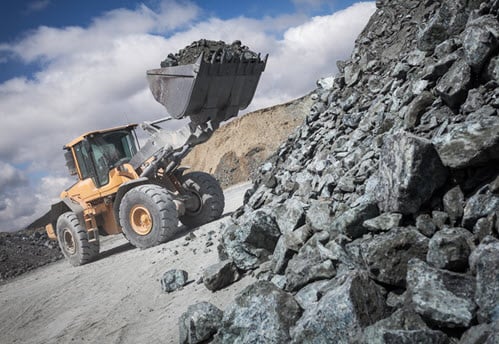- Lithium-ion battery manufacturers are prioritising cost reduction as the main survival mechanism in a market with tight margins and intense price competition.
- Battery prices in China are now low enough to drive profound demand, but only the lowest-cost producers will survive.
- New manufacturers in Europe and North America face several barriers in achieving cost-effectiveness through manufacturing excellence. Given this, the western battery industry will continue to mainly consist of the Asian incumbents.
Making batteries is a complex process, and knowledge is power
Manufacturing battery cells at scale is a delicate process requiring incredible precision and patience. It is an art as much as a science. Material powders must be measured to molecular exactitude, electrodes layered in flawless alignment, and separators stretched to ethereal thinness. Precision at the chemical molecular level must be repeated consistently at the physical macro level. It is also a multivariable problem with over 200 factory parameters to be optimised.
Inexperienced companies face production stoppages and high yield losses. The latter drives up the cost of materials, labour, and processing, as more batteries need to be produced to make up for those lost to quality defects.
Technical know-how is therefore the most valuable currency in the battery sector. This is honed over many years of experience, and Asian manufacturers are currently the only ones that have achieved manufacturing excellence.
Cell prices plummet on lower costs and intense competition
The battery industry can currently be characterised by three challenges that producers are facing along the value chain:
- Overcapacity across the entire supply chain, resulting in pullback of investments and consolidation.
- Cost reduction efforts because of shrinking margins and intensifying competition
- Diversification into new markets, driven by rising protectionism.
Battery prices in China have fallen to record lows as a result of this intensely competitive environment - in some cases, below the cost of production.
Only those with an underlying cost advantage, or those that can command higher prices, can survive in this market – something that the CRU Battery Team has foretold.
Average production costs have fallen steeply, driven by plummeting material prices and incremental improvements in manufacturing efficiency. LFP (lithium iron phosphate) battery costs are already approaching $50 /kWh. Combined with price competition, this is now enough to drive profound growth in demand for electric vehicles (EVs) and battery energy storage systems (BESS).
Just how are Chinese manufacturers achieving super-low costs?
Chinese companies are the undisputed leaders in the battery sector. Nearly every aspect of cell production in China is so well-optimised that, in many cases, further improvements are becoming exponentially difficult to achieve.
It is often assumed that Chinese companies take advantage of massive state subsidies, low labor rates, and lax environmental regulations to churn out massive volumes of low-quality products.
While these certainly played a role in the past, subsidies are no longer as necessary, factory automation is offsetting rising labor costs, and environmental controls are tightening across many industries in China.
Quality can vary in the midstream and battery cell sectors due to the disparity in competence between Tier 1 and 2 manufacturers, but the majority of supply to end-use demand is of the highest quality and performance.
Despite intense price competition, Chinese companies have a genuine underlying cost advantage, enabled through:
- Manufacturing excellence
- Supply chain efficiencies
- Technical innovation
Manufacturing excellence is the foundation for Chinese cost-effectiveness, which has been built over a very long period. This means minimal yield losses, fast machine throughput, the absence of production stoppages, and high factory automation. The latter enables the former by removing human error but requires the know-how on the optimal parameters to design and run the equipment.
Beyond this, supply chain efficiencies such as vertical integration further reduce the cost of materials, currently the largest cost component of battery manufacturing. Technical innovation in cell design enables further savings.
The supply chain goes hand-in-hand with manufacturing and design. Control over the quality and specifications of feedstock materials and components contributes to manufacturing efficiency.
The power of these advantages is demonstrated by the top two manufacturers in China – BYD and CATL- whose dominance has shaped the industry into a near-oligopoly. Their cost-competitiveness gives them an edge over other manufacturers at a time when price competition is hitting profit margins in China’s battery industry.
Here we have modelled the underlying cost structure for BYD compared to the average other Chinese manufacturer. The advantage stems from, in order of impact:
- Factory automation: Top manufacturers have super-automated factories. Although not representative, one CATL demonstrator facility reportedly has 50 workers in the entire factory.
- Vertical integration: We use our best estimate of the average of BYD’s lithium offtakes, of which they are all from producers on the lowest end of the cost curve. In one case, BYD has an equity stake in the operation and can source lithium at closer to cost price.
- CAM and AAM margin: The profit margins of LFP cathode producers are under pressure due to intense competition, but in normal circumstances this gap would be wider as BYD could source at close to cost price given its shareholdings in two major LFP CAM producers, while other manufacturers may not have this privilege. A similar situation applies to anode sourcing.
- Cell design: BYD’s Blade is a larger cell than conventional prismatic formats, so it holds more active material per unit weight and volume. This increases the energy density and lowers costs.
- Factory yields: Top manufacturers in China have super-optimised yields, but even a 1% difference in this case has a noticeable impact.
BYD’s costs – and that of the rest of the industry – have further room to fall beyond this, despite the possibility of rising raw material prices. Although only incremental improvements are being made, all of the above parameters have yet to reach their maximum potential.
Pathways to cost-effectiveness for the rest of the world
Governments around the world have recognised that batteries and the wider battery value chain are important industries that hold strategic and economic benefits. Policies are being enacted to either nurture a home-grown industry or drive foreign manufacturers to localise.
These efforts face three major barriers:
- New manufacturers lack the know-how to build batteries at scale and therefore suffer from low yields
- The cost of production outside of China is, generally speaking, inherently higher due to different labour and energy costs
- Tariffs and local premiums on input materials and components
However, it is possible, through several realistic cost-down pathways, to reach a reasonable level of cost-effectiveness such that the end uses such as electric vehicles and energy storage systems are reasonable affordable.
It is important to understand what top producers in China are doing and employ at least some of those strategies in Western gigafactories in an effort to bring down costs as quickly as possible. Three key areas will make or break western production facilities:
- Yield rates, which are far lower for new manufacturers and new facilities. This requires knowledge and experience.
- Automation to reduce labour costs and enable improvements in yields. This requires specialist equipment and knowledge on the optimised parameters to operate it. In certain jurisdictions, this may also be politically difficult to implement.
- Electricity prices, which are, on average, higher than China. This can be enabled with subsidised energy or by selecting a location with cheap electricity prices.
A notable omission is supply chain efficiencies – such as securing a favourable raw material offtake agreement – and cell design. While these are critical for incremental cost reductions, especially in a mature market, they are not the foundation for cost-competitiveness compared to the manufacturing side.
In the scenarios above we have demonstrated that China-level cost effectiveness is possible for European and American gigafactories, with no subsidies necessary. However, they come with a primary condition: that companies can achieve sufficient yields. History tells us this is extremely difficult, and it is why new companies are struggling to ramp up.
There are no easy answers
Given that cost-effectiveness primarily relies on specialist knowledge that can only be obtained over many years, there are three main strategies that companies and policymakers have been adopting, all of which carry risks:
- Subsidies can support cash flow during the ramp-up period, but as demonstrated by recent developments, they are always at risk of political change, and manufacturers may not necessarily face the competitive pressure to reduce costs and instead rely on subsidies to prop up their profit margins.
- Employing specialist Chinese engineers can enable a much quicker ramp-up period, but making batteries is a multi-team, multi-disciplinary effort, and top engineers outside are in scarce supply outside China.
- Joint ventures with experienced manufacturers are the most impactful strategy. However, Chinese-origin companies have been, by and large, reluctant to work with local partners, in contrast to South Korean producers. Understandably, they – along with the Chinese government – are making a concerted effort to avoid the leakage of IP.
Given these difficulties, it has always been our view that the more realistic scenario is the one currently unfolding – the European and North American battery industry will continue to consist of the Asian incumbents, who will soon proliferate their cost advantages to unlock more profound demand growth in those markets.















